Volume -4, Issue -1 Jul 2017
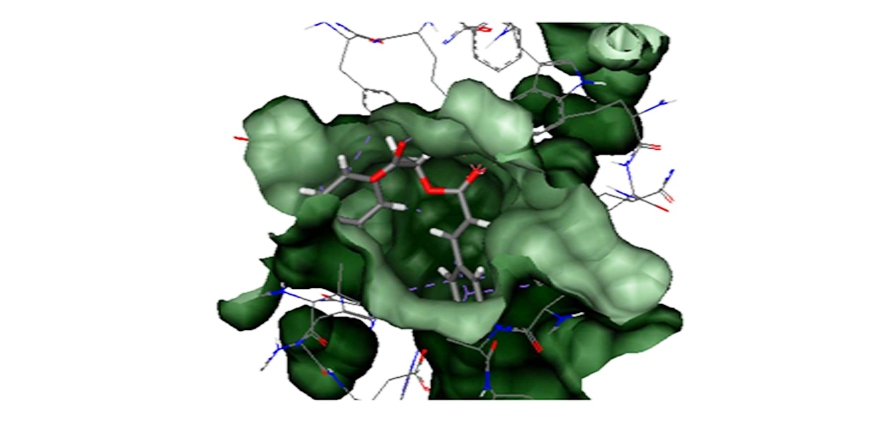
Angiotensin Converting Enzyme (ACE), a metallo-peptidase is the best known important drug target in the treatment of hypertension and responds to broad range ACE inhibitors such as Captopril. Whilst, many phytochemical compounds including alkaloids and flavonoids were also reported with anti-hypertensive activity. On the other hand, ACE2 is considered as an interesting new cardio-renal disease...
Read More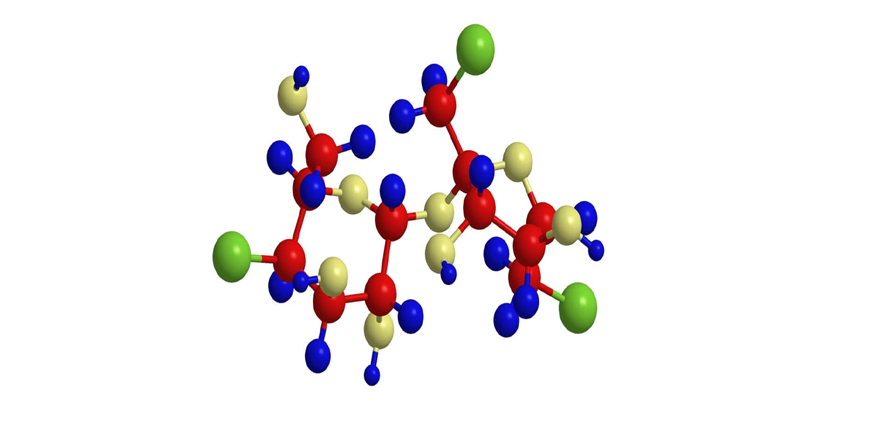
My long journey in search of education and research in the realms of the chemistry of carbohydrates, such as sucrose and hyaluronic acid, took me through many parts of the world such as Bangladesh, Pakistan, England, Canada, Norway, again England, and Italy. A brief description of the same is furnished hereunder. The two principal objectives of our research on carbohydrates were: (a) to...
Read More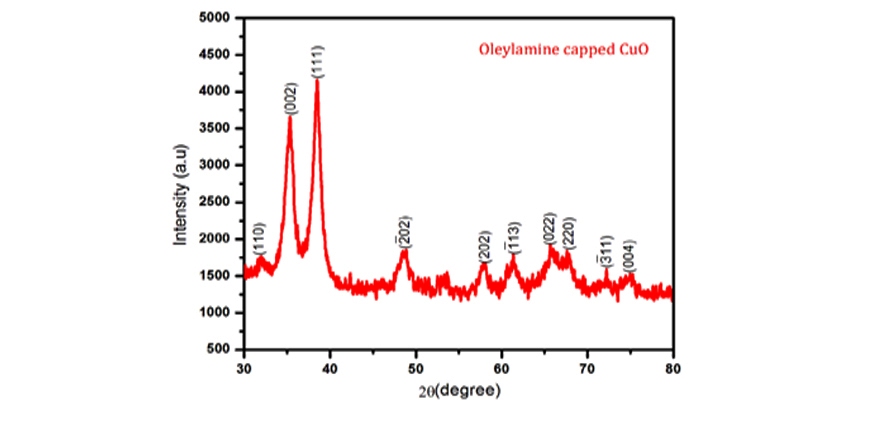
The uncapped and capped CuO nanoparticles were synthesized by sol–gel process. Oleylamine (OA) was used as a capping agent to control the size and morphology of the CuO nanoparticles. The obtained samples were characterized by means of UV–Visible spectroscopy (UV–Vis), Photoluminescence (PL) spectroscopy, X-ray diffraction (XRD), Fourier transform-infrared spectroscopy (FT-IR) and Field...
Read More
This article focuses on the importance of Dye Sensitized Solar Cells (DSSCs) which use the combination of ZnO and ZnO/TiO2 based semiconducting materials that capture a large range of photon energies in the solar spectrum. The nanoparticles ZnO/TiO2 were prepared by using simple chemical precipitation method. The materials were characterizations using powder X-ray diffraction (XRD), UV–Vis...
Read More
The uncapped and capped CuO nanocrystals were synthesized by sol–gel method. Tetra Ethyl Ammonium Bromide (TEABr) used as a capping agent to control the size and morphology of the CuO nanocrystals. Control the nanostructure and optical properties of CuO nanocrystals are premeditated by using capping agent. The obtained samples were characterized by means of UV-Visible spectroscopy (UV-Vis),...
Read More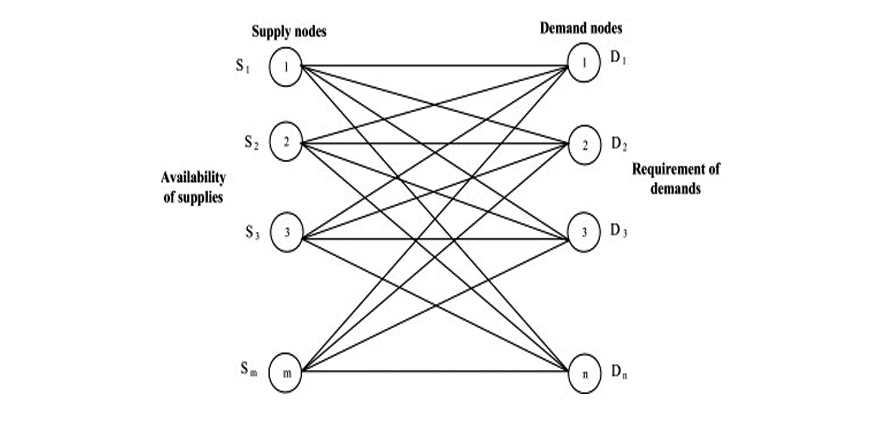
A new method is proposed for solving fuzzy transportation problem, using symmetric trapezoidal number fuzzy with α-cut and ranking technique by assuming that a decision maker is uncertain about the precise values of the transportation cost, availability and demand of the product. In the proposed method, transportation cost, availability and demand of the product are represented by generalized...
Read More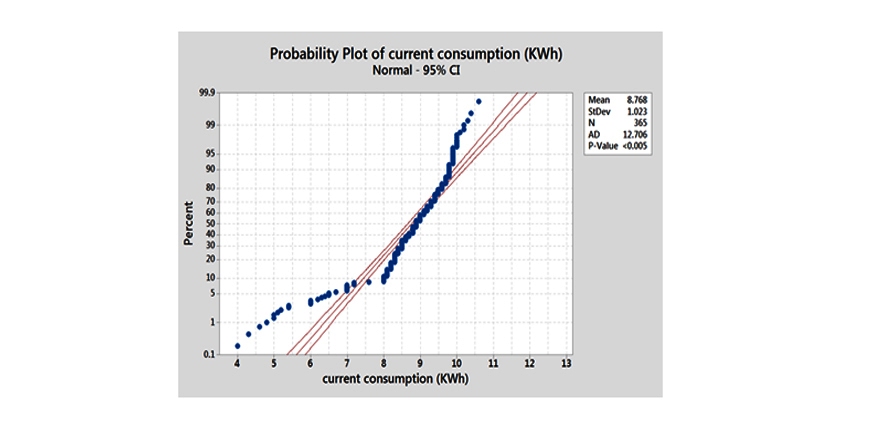
In this article a hypothesis test is performed for current consumption (KWh) in a household electricity meter for one year (365 days). Initially in the hypothesis testing, the population to be surveyed is obtained from the sample size calculation (n). Then the data is collected according to this population. Now the collected data are to be statistically test to the likelihood of obtaining sample...
Read More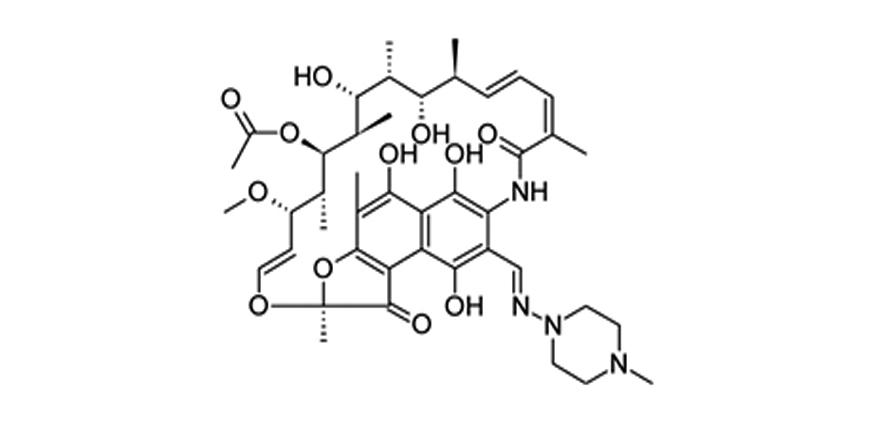
The chemical structure of rifampicin contains phenolic group and piperazine moiety which gives it red-orange color. Rifampicin is active against many gram positive and gram negative bacteria. The tertiary amine group present in the compound enhances its solubility in the acidic medium. The present paper depicts a novel approach for rifampicin to explore as a dye for coloration of...
Read More
